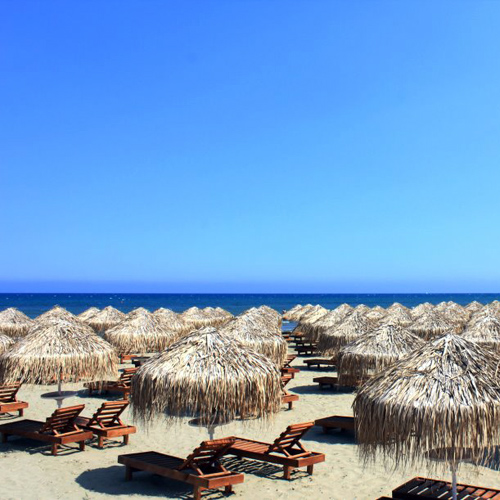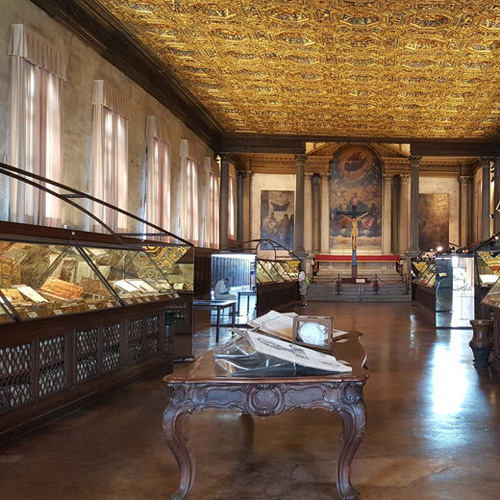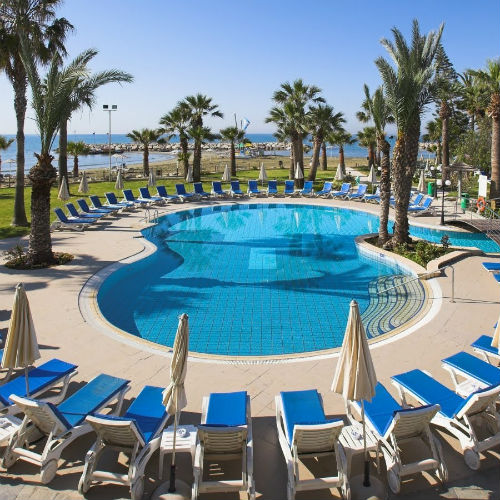Overview
The second largest salt lake in Cyprus, the Larnaca Salt Lake is one of the most important habitats for waterfowl in Europe. The lake is actually one of four lakes in Larnaca. Together, with Lake Orphani, Lake Soros and Airport Lake, the lakes collectively cover a total area of 1.761 hectares (17,610m²).
As the lake fills with water and becomes rich in nutrients during the winter months, thousands of migrating birds like the including the Greater Flamingo stop over from between the months of November to March, feeding on tiny brine shrimp. When food reserves run out, the birds then continue their journey towards Africa.
The salt lake was declared a protected area under Cypriot law and is a European Ramsar and Natura 2000 site.
Visitors can explore a four kilometre linear nature trail that leads up to the old aqueduct of Kamares. Important trees, shrubs and flowers is signposted with information along the way.
Archaeological finds show that the salt lake area has been inhabited since the Late Bronze Age (2nd century BC). A harbour that served the town was unearthed near where the Hala Sultan Tekke mosque stands today. The town was one of the large urban and commercial centres of Cyprus in the Late Bronze Age (1650-1050 BC). When the town was abandoned, the estuary silted up and the natural harbour was destroyed.
According to legend, the lake’s saltiness stems from Saint Lazarus’ request of an old woman for food and drink. She refused, claiming her vines had dried up, to which Lazaros replied ‘may your vines be dry and be a salt lake forever more’. A more scientific explanation is that the salt water penetrates the porous rock between the lake and the sea, making the water very salty.
Throughout the Middle Ages, salt was so plentiful that it became one of the primary export commodities of Cyprus. Its harvesting and selling were strictly controlled and taxed. Salt was last harvested in 1986. The nature trail links the area with the Aphrodite Cultural Route.






